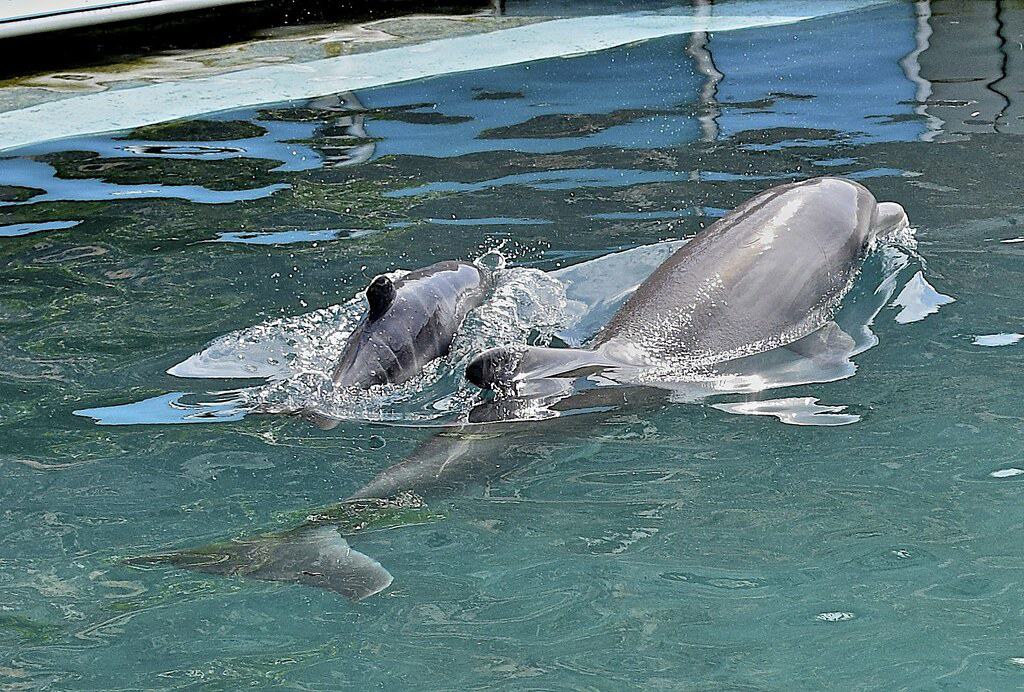In the vast, blue expanse of our oceans, baby dolphins embark on one of nature’s most fascinating learning journeys. Unlike many terrestrial mammals, dolphins are born with relatively advanced cognitive abilities, yet they still have much to learn about their complex social structures, hunting techniques, and survival skills. Young dolphins, known as calves, don’t attend formal schools or receive written instructions. Instead, they engage in two primary educational methods that have evolved over millions of years: play and mimicry. These seemingly simple activities are sophisticated learning mechanisms that prepare calves for the intricate challenges of dolphin life. Through playful interactions and careful observation of adults, baby dolphins develop the physical capabilities, social skills, and hunting expertise necessary for survival in the marine environment. This article explores the remarkable ways young dolphins learn through these engaging and vital developmental processes.
The Cognitive Development of Dolphin Calves
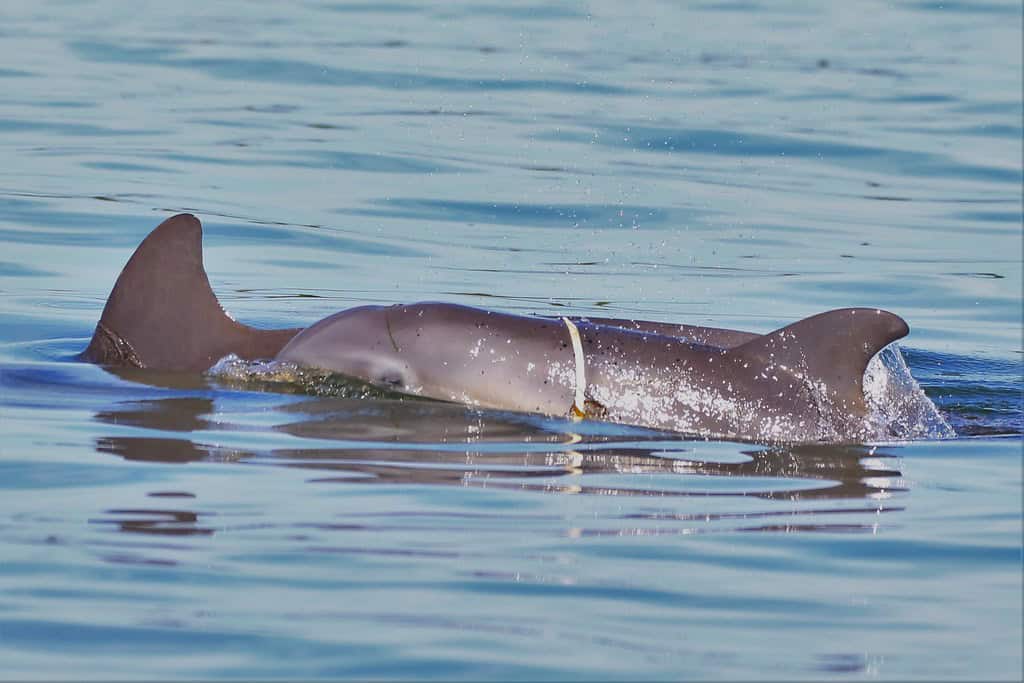
Dolphin calves are born with brains that are already about 42% of their adult size, compared to human babies whose brains are only about 25% of adult size at birth. This advanced brain development allows young dolphins to begin learning immediately. Scientists have documented that dolphins possess large, complex brains with an impressive encephalization quotient (EQ) – a measure that compares brain size to body size – second only to humans among all animals. This neurological advantage provides the foundation for their remarkable learning capabilities.
Within hours of birth, dolphin calves demonstrate awareness and responsiveness to their environment. By their first week, they’re already showing signs of recognizing their mothers and other pod members. Their brains continue to develop rapidly during the first few years of life, with particular growth in areas associated with social cognition, acoustic processing, and spatial memory – all critical skills for dolphin survival. This accelerated cognitive development enables calves to absorb information quickly through their play experiences and observations, making their learning curve considerably steeper than many other mammals.
The Mother-Calf Bond as a Learning Foundation
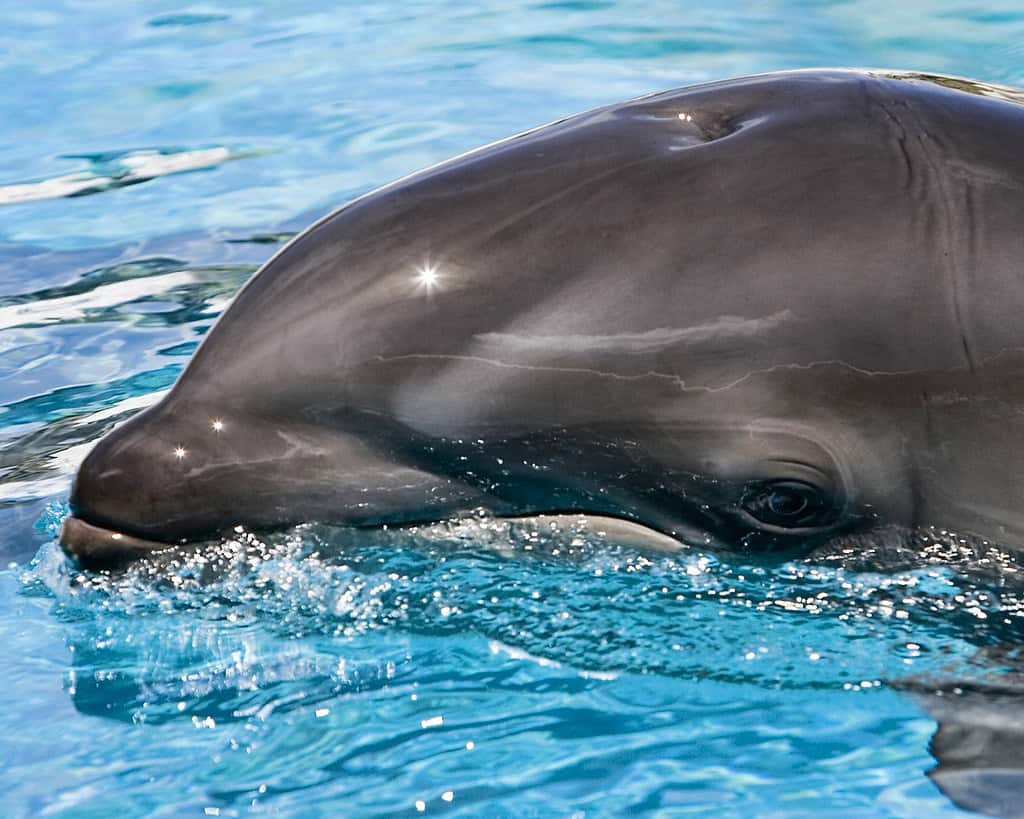
The relationship between a dolphin mother and her calf represents one of the strongest bonds in the animal kingdom and serves as the primary educational framework for young dolphins. For the first three to six years of life, a calf remains closely attached to its mother, rarely venturing more than a few body lengths away. This intimate proximity creates an ideal learning environment where the calf can observe hunting techniques, social interactions, and navigation skills firsthand. Mothers actively facilitate learning by slowing down during hunting to allow their calves to observe, and gradually increasing the complexity of activities as the calf develops.
Research has shown that dolphin mothers adapt their behaviors specifically to teach their young. For example, some bottlenose dolphin mothers in Shark Bay, Australia, have been documented teaching a specialized hunting technique called “sponging,” where they use sea sponges as tools to protect their rostrums while foraging along the rough ocean floor. The mothers demonstrate this technique repeatedly, and calves observe intently before attempting to mimic the behavior. This cultural transmission of knowledge represents one of the few documented cases of teaching in non-human animals and highlights the sophisticated learning relationship between dolphin mothers and their calves.
Playful Behaviors with Ecological Purpose
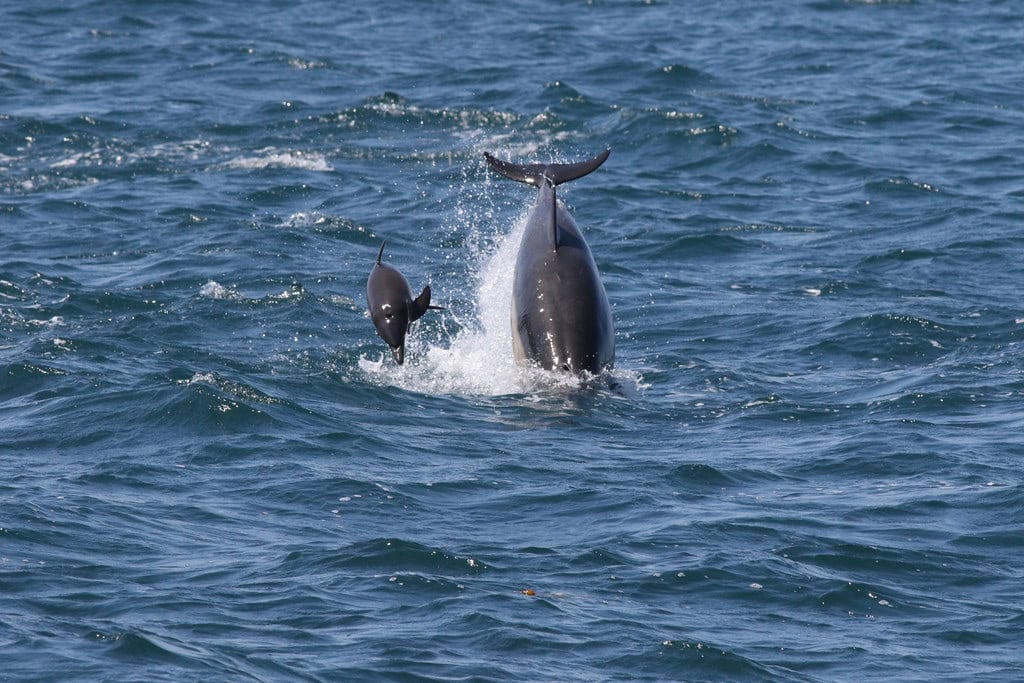
What might appear as simple play among dolphin calves actually serves critical ecological and developmental functions. Young dolphins engage in various types of play, from solitary activities like blowing bubble rings and manipulating objects to social games with other calves and adults. These playful behaviors are not random but are structured in ways that develop specific skills needed for adult life. For instance, when calves chase each other through the water, they’re practicing the quick turns and acceleration that will later be essential for hunting fast-moving prey or evading predators.
Studies conducted in both wild and captive dolphin populations have revealed that play behaviors increase in complexity as calves mature. Initially, play is predominantly physical and helps develop motor skills and strength. As calves grow, their play becomes more cognitively demanding, incorporating problem-solving elements and social rules. Researchers from the Dolphin Communication Project have documented how these play sessions often mimic adult behaviors but in a simplified form, allowing calves to practice without the pressures of actual survival situations. This progressive complexity in play demonstrates its purposeful role in dolphin development rather than being merely recreational.
Social Learning Through Observation

Dolphins are highly social creatures, and much of a calf’s education comes from careful observation of pod members. Young dolphins spend considerable time watching adults as they navigate social hierarchies, cooperate during hunting, and communicate with each other. This observational learning is facilitated by the dolphin’s natural curiosity and their tendency to maintain visual contact with interesting activities happening around them. Calves will often position themselves to get the best view of adult behaviors, particularly those involving novel situations or techniques.
The effectiveness of observational learning in dolphins has been demonstrated in numerous scientific studies. In one notable example, researchers observed how knowledge of tail-walking – a behavior where dolphins rise out of the water and move backward on their tails – spread through a wild dolphin community in Australia after a previously captive dolphin who had learned the trick was released. Without direct teaching, other dolphins in the community began to perform the same behavior after observing it, demonstrating their capacity to learn complex behaviors simply through observation. For calves, this ability to learn by watching is crucial, as it allows them to acquire knowledge about behaviors they may not yet be physically capable of performing themselves.
Mimicry as a Learning Mechanism
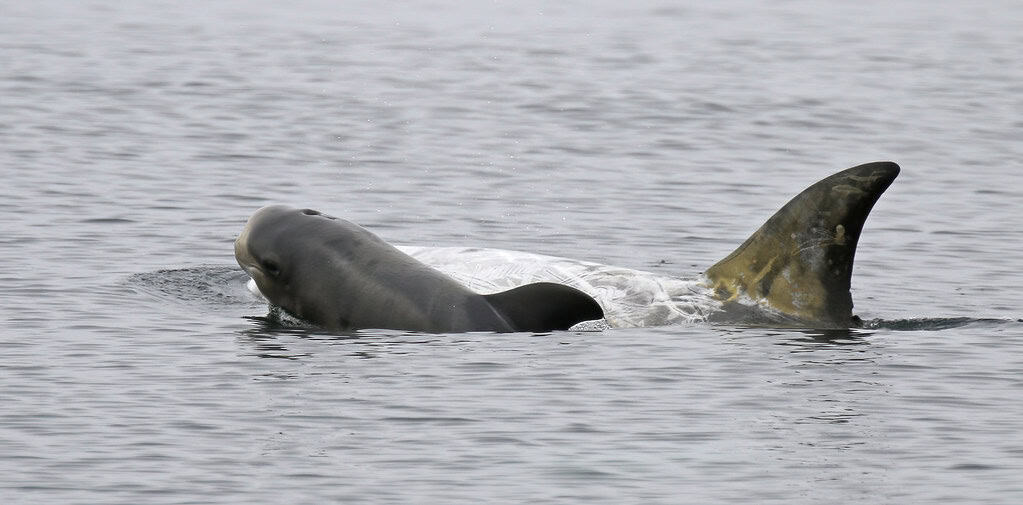
Mimicry represents one of the most powerful learning tools in a young dolphin’s developmental arsenal. Dolphin calves are natural imitators, frequently attempting to replicate the actions they observe from their mothers and other pod members. This imitative behavior begins within the first few months of life and becomes increasingly sophisticated as the calf matures. The process typically follows a pattern: observation, mental processing, and then attempted reproduction of the behavior, often with numerous trial-and-error attempts before mastery is achieved.
The dolphin’s neural architecture seems specifically adapted for imitative learning. They possess specialized brain cells called mirror neurons, which activate both when an animal performs an action and when it observes another performing the same action. These neurons create a neural bridge between observation and action, facilitating imitative learning. Research conducted at the Dolphin Research Center in Florida has shown that dolphins can imitate both familiar and novel behaviors with remarkable accuracy, even when they can only see part of the demonstration. This innate capacity for mimicry accelerates the learning process, allowing calves to acquire complex behaviors without having to discover them independently through trial and error.
Object Play and Tool Use Development
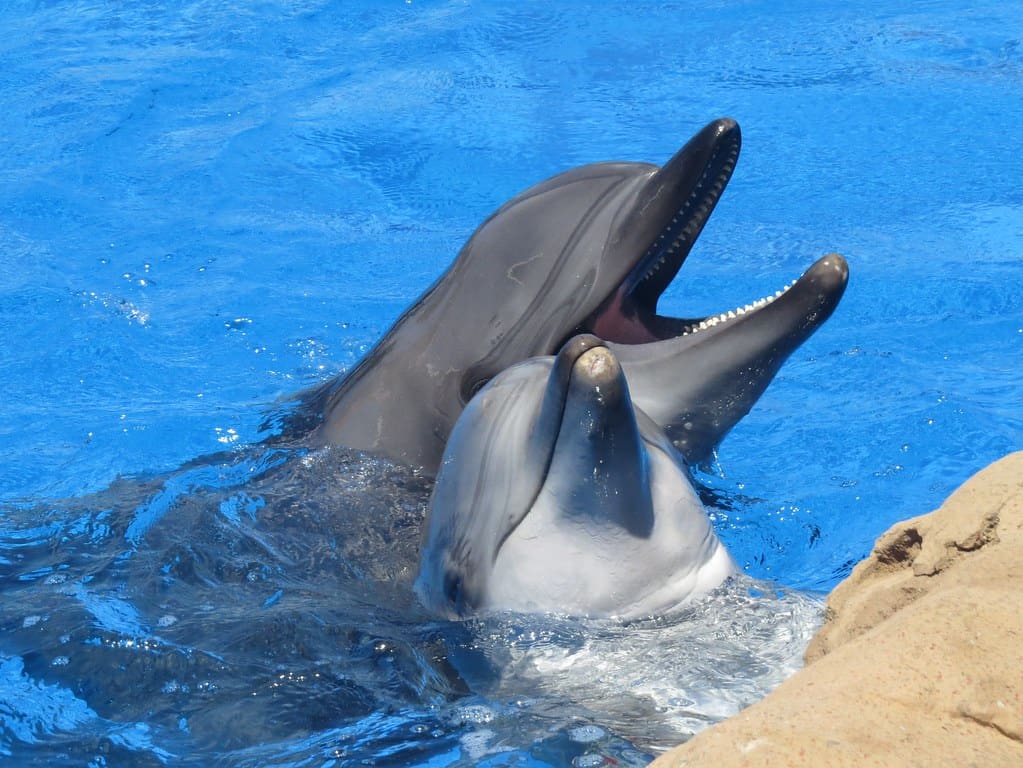
One of the most fascinating aspects of dolphin play involves their interaction with objects in their environment. Young dolphins have been observed playing with seaweed, shells, small fish, bubbles they create themselves, and even human-made objects that enter their habitat. This object play serves multiple developmental purposes, helping calves develop fine motor control of their mouths and bodies while also fostering creativity and problem-solving skills. During these play sessions, calves learn how different objects behave in water – which sink, which float, and how water resistance affects movement.
These playful interactions with objects lay the groundwork for more sophisticated behaviors observed in adult dolphins, including tool use. In several populations around the world, dolphins have been documented using marine sponges as protective gear for their rostrums (beaks) while foraging along rough seafloors. This behavior, known as “sponging,” is primarily transmitted from mother to calf through observation and mimicry during play. Similarly, some dolphins learn to use shells to herd fish into smaller areas for easier catching. By playing with various objects from an early age, calves develop the dexterity, understanding of physical properties, and creative thinking necessary for such advanced tool use later in life.
Vocal Learning and Communication Development
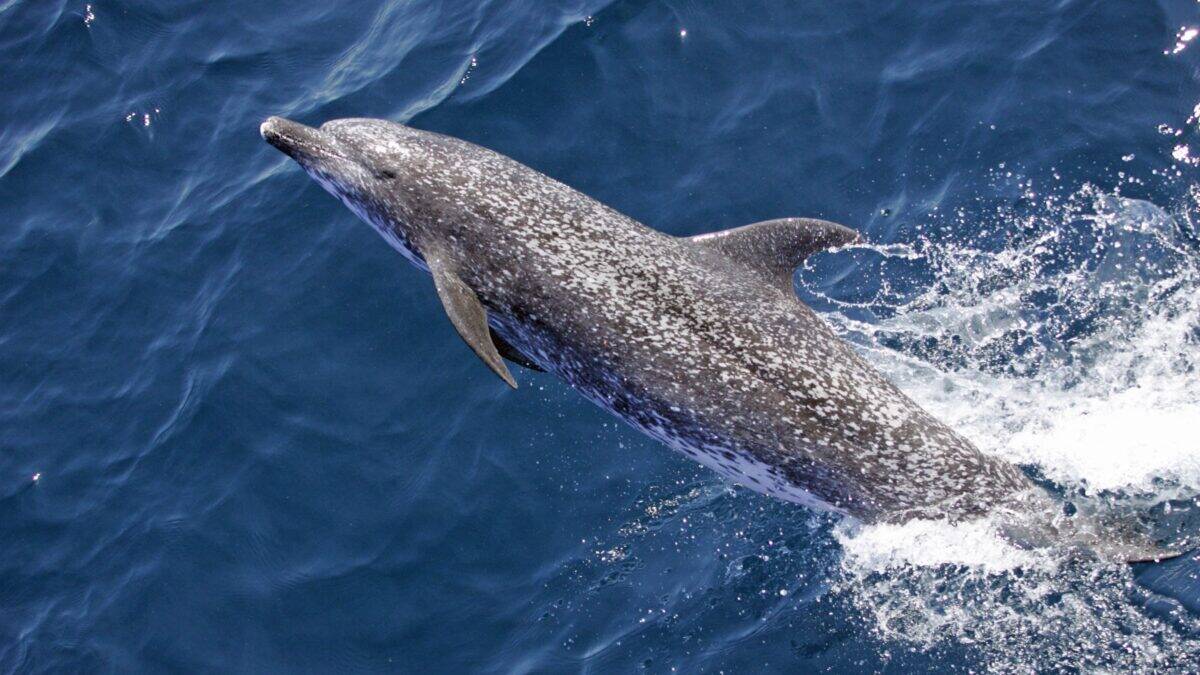
Perhaps one of the most remarkable learning processes in young dolphins involves the development of their vocal communication abilities. Dolphins are among the few non-human animals capable of vocal learning – the ability to modify their vocalizations based on what they hear from others. Each dolphin develops a unique signature whistle within the first year of life, functioning similar to a name, which they use throughout their lifetime. This signature whistle development represents a fascinating learning process where calves listen to the whistles around them but create their own distinctive sound pattern.
Research by marine biologists like Dr. Laela Sayigh and Dr. Vincent Janik has revealed that dolphin calves learn their communication skills through a combination of play, mimicry, and social interaction. Young dolphins engage in “vocal play,” producing various sounds and seemingly experimenting with their vocal apparatus. They learn to recognize dozens of distinct whistles from pod members and gradually develop the ability to mimic these sounds. Studies using hydrophones have captured recordings of young dolphins practicing vocalizations repeatedly, refining their technique through trial and error. This vocal development is crucial not just for individual identification but for coordinating group activities, warning of dangers, and maintaining social bonds within the complex dolphin society.
Learning Hunting Techniques Through Play

Hunting skills represent some of the most crucial abilities young dolphins must master, and play serves as the primary training ground for developing these techniques. Dolphin calves engage in various forms of predatory play that mimic hunting behaviors, such as chasing games, practice herding, and coordinated swimming with other calves. These activities develop the speed, agility, and coordination needed for successful hunting. In the early stages, this play may appear clumsy and inefficient, but it gradually becomes more refined as the calf develops physically and mentally.
The progression of hunting-related play follows a developmental trajectory. Initially, very young calves observe their mothers hunting while remaining close by. As they grow, they begin simple chasing games with slow-moving objects or smaller fish. By about one year of age, many calves participate in “mock hunts” with other young dolphins, practicing coordinated swimming and simple herding techniques. By age two or three, calves join adults in actual hunting activities, though they may not yet contribute significantly. Through this graduated exposure and play-based practice, dolphins learn sophisticated hunting strategies, including beach hunting (driving fish onto shore), mud-ring feeding (creating mud rings to trap fish), and bubble-net feeding (using bubbles to corral fish), depending on their particular population’s cultural traditions.
Risk Assessment Through Safe Play
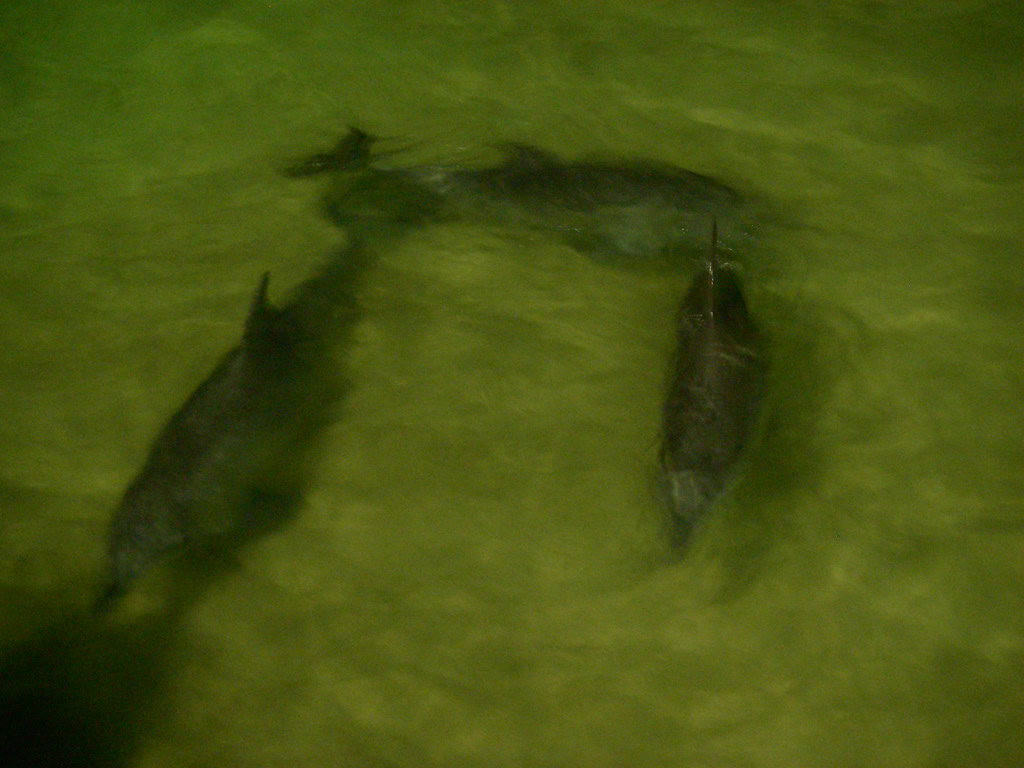
The ocean environment presents numerous dangers to young dolphins, from predators like sharks to natural obstacles and challenging currents. Play serves as a critical mechanism for developing risk assessment skills in a relatively safe context. When dolphin calves engage in activities like rapid swimming, leaping, or diving, they’re not just burning energy – they’re learning their physical limitations and capabilities. These play behaviors allow them to test boundaries and develop judgment about what is safe versus dangerous without facing the full consequences of mistakes that might occur in genuine high-risk situations.
Mothers carefully supervise this risk-assessment learning, intervening when play becomes too dangerous. Researchers have observed mother dolphins physically blocking calves from swimming into risky areas or producing specific vocalization patterns that appear to function as warnings. As calves mature, mothers gradually allow more independence and risk-taking during play, creating a progressive learning environment. This supervised risk assessment through play is particularly evident when young dolphins interact with potentially dangerous marine species. They may cautiously approach and retreat from creatures like jellyfish or stingrays during play, learning valuable information about which species pose threats while under the protective watch of adults.
Social Hierarchy and Rules Through Play Fighting
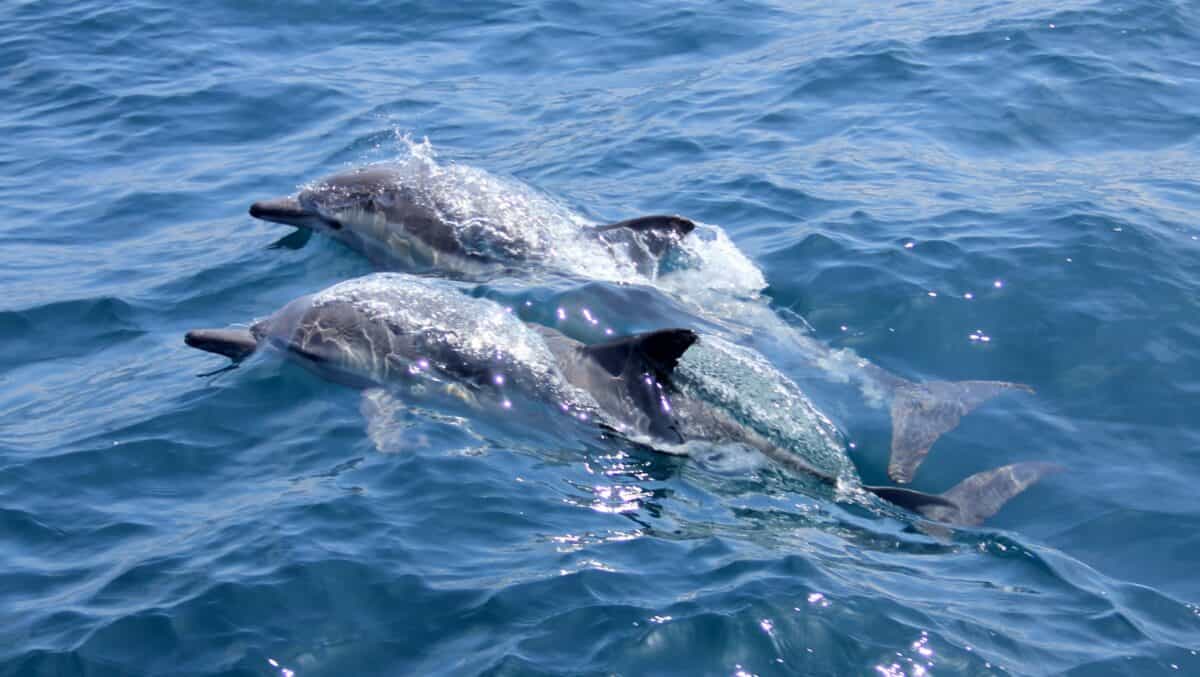
Dolphin societies feature complex social hierarchies and behavioral rules that young dolphins must learn to navigate successfully. Play fighting and other forms of social play serve as crucial training grounds for understanding these social dynamics. When calves engage in play fights, they learn about dominance, submission, cooperation, and conflict resolution in a context where mistakes have minimal consequences. These playful interactions help calves develop an understanding of the subtle body language and vocalizations that communicate social intent among dolphins.
Studies of dolphin play fighting have revealed sophisticated social learning occurring during these interactions. Young dolphins learn to calibrate the intensity of their play to match their play partner, a skill called “self-handicapping” when playing with smaller or less experienced calves. They also learn to recognize when play becomes too rough, as evidenced by specific reconciliation behaviors observed after play sessions that became overly aggressive. Dr. Stan Kuczaj’s research at the Marine Mammal Behavior and Cognition Laboratory documented how these play fighting sessions increase in complexity with age, gradually incorporating more elements of adult social interactions. Through years of social play, calves develop the nuanced understanding of dolphin etiquette necessary for successful integration into the adult social structure.
Cultural Transmission and Population-Specific Learning
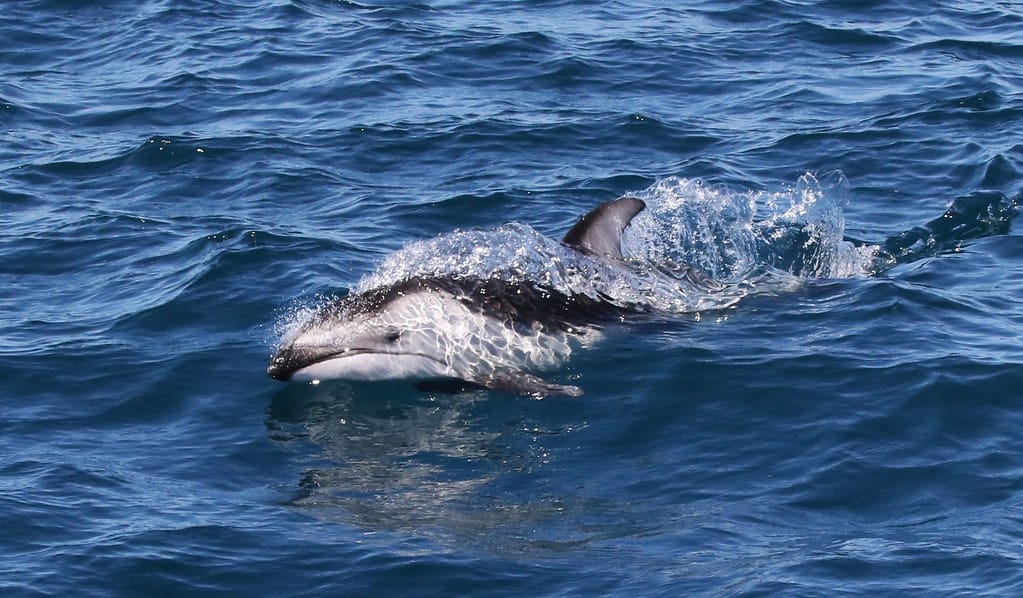
One of the most fascinating aspects of dolphin learning is the cultural transmission of knowledge that varies between different populations. Young dolphins don’t just learn universal dolphin behaviors; they acquire the specific traditions, hunting techniques, and communication patterns unique to their particular community. This cultural learning creates distinct “dolphin cultures” around the world, with different populations exhibiting their own specialized behaviors. For example, the dolphins of Monkey Mia in Australia have developed unique fishing techniques involving cooperation with human fishermen that is passed down through generations via observation and mimicry.
Research by Dr. Janet Mann and colleagues has documented how these population-specific behaviors are transmitted primarily through extended learning periods where calves observe adults and engage in mimicry-based play. In some dolphin populations, calves spend up to six years in close association with their mothers, providing ample opportunity to learn these cultural specialties. The fact that different dolphin populations maintain distinct behavioral traditions even when their habitats overlap suggests that this learning is not merely a response to environmental conditions but represents true cultural knowledge transmission. This cultural learning through play and observation represents one of the closest parallels to human cultural transmission found in the animal kingdom.
The Lifelong Learning Journey of Dolphins
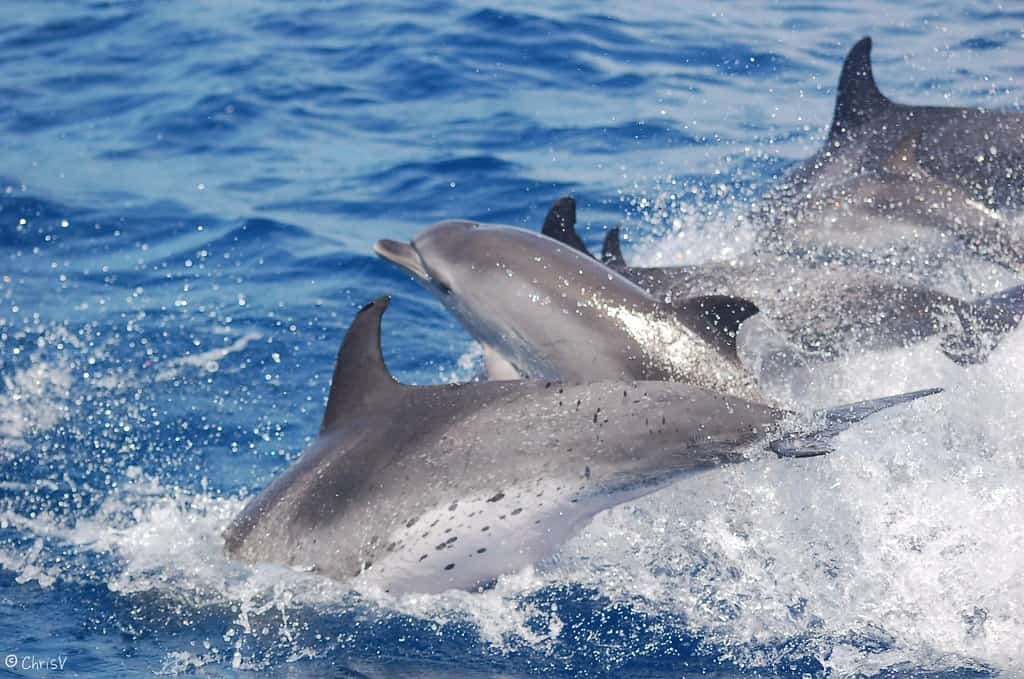
While the early years represent the most intensive learning period for dolphins, their education doesn’t end with maturity. Dolphins continue to learn throughout their lives, adapting to environmental changes, acquiring new hunting techniques, and even learning to interact with new species, including humans. This lifelong learning capacity is supported by their brain structure, which maintains neuroplasticity into adulthood, allowing for continued adaptation and skill acquisition. Adult dolphins have been observed learning new behaviors from both conspecifics and other species, demonstrating remarkable cognitive flexibility.
The foundation for this lifelong learning is established during the calf stage through play and mimicry. The curiosity, problem-solving abilities, and social learning skills developed during youth create the cognitive framework that supports continued adaptation throughout life. Research on dolphin cognition suggests that the playful learning style established in youth persists into adulthood, with mature dolphins continuing to learn through exploratory behavior and social observation. This continuous learning capacity represents an evolutionary adaptation to the dolphin’s complex and changing marine environment, where conditions can shift rapidly and new challenges frequently emerge. The playful learning methods of dolphin calves thus establish not just immediate survival skills but a lifetime pattern of cognitive flexibility and adaptation.
Conclusion: The Profound Importance of Play-Based Learning
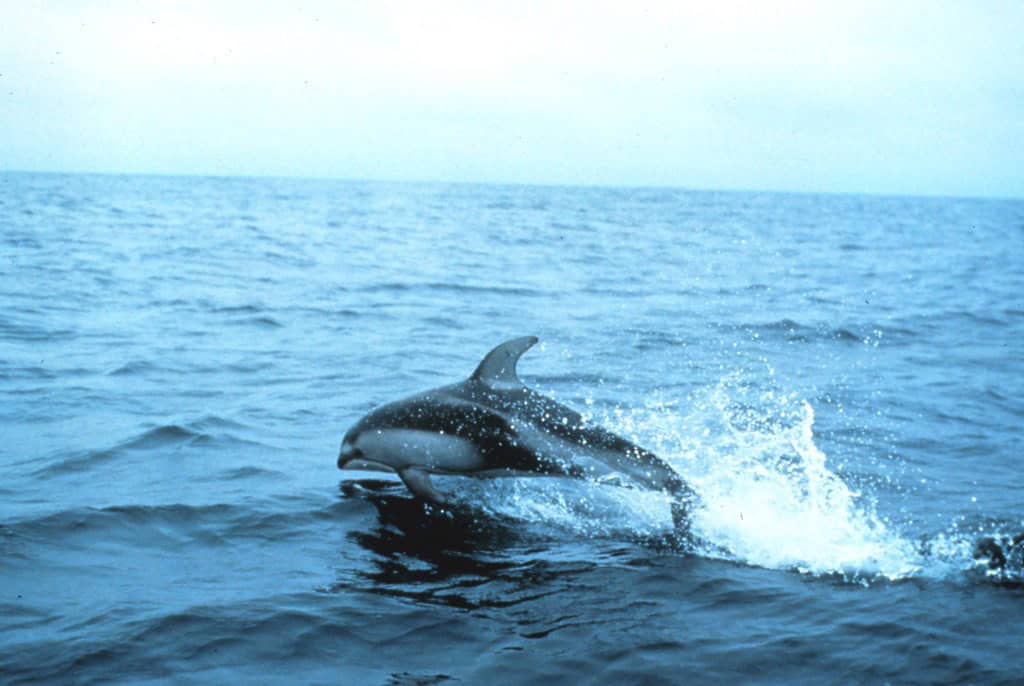
The learning journey of baby dolphins through play and mimicry represents one of nature’s most sophisticated educational systems, fine-tuned through millions of years of evolution. What may appear as simple frolicking in the waves actually constitutes a comprehensive developmental curriculum that prepares young dolphins for the complex challenges of oceanic life. Through carefully structured play experiences, observational learning, and mimicry, dolphin calves acquire not just physical skills but cultural knowledge, communication abilities, and social understanding essential for their survival and integration into dolphin society. This natural learning system is remarkably efficient, with young dolphins becoming competent contributors to their social groups within just a few years.
The dolphin’s play-based learning strategy offers profound insights for human understanding of education and development. It demonstrates how intrinsic motivation, experiential learning, and social modeling can create powerful learning outcomes without formal instruction. As scientists continue to study these remarkable marine mammals, we gain not only a deeper appreciation for their intelligence but also potential inspiration for our own approaches to learning and development. In the playful leaps and curious explorations of baby dolphins, we witness a sophisticated educational process that has allowed these intelligent creatures to thrive in the challenging marine environment for millions of years.
- How Baby Dolphins Learn Through Play and Mimicry - August 10, 2025
- The Blue Whale: The Largest Animal Ever Known to Have Lived - August 10, 2025
- Why Hachiko’s Story Still Moves Millions - August 10, 2025

